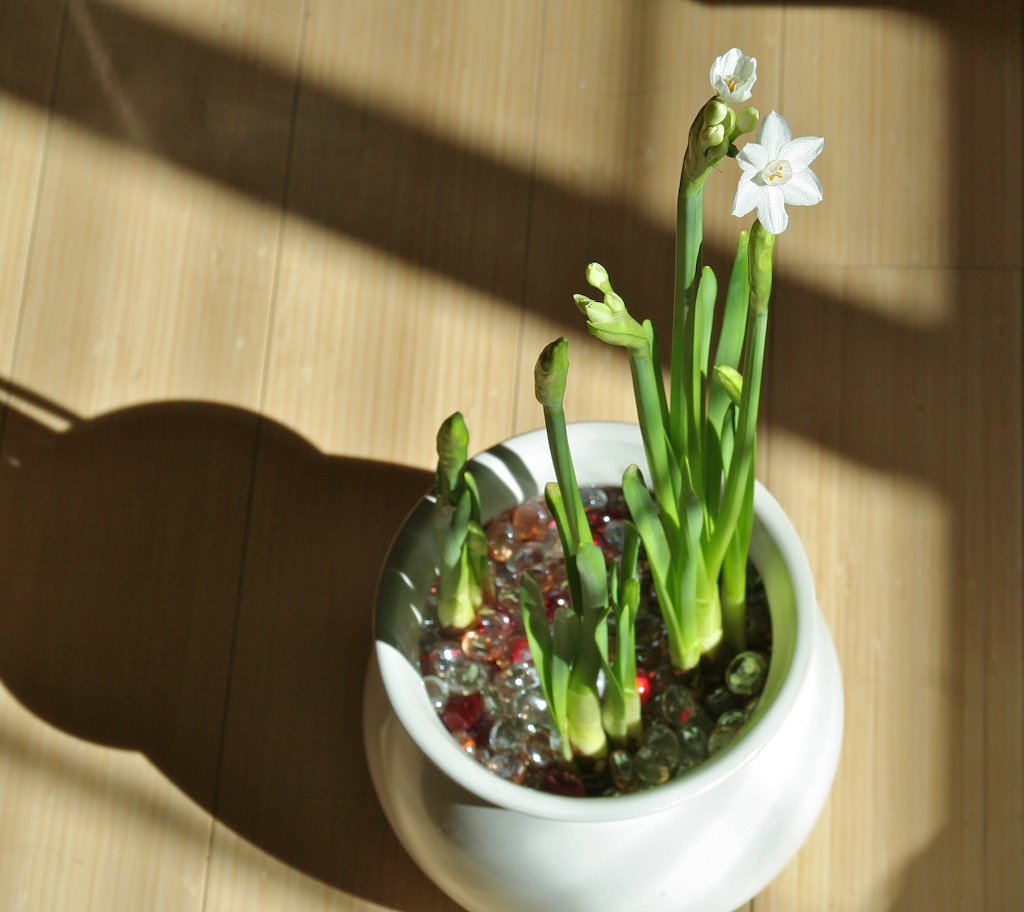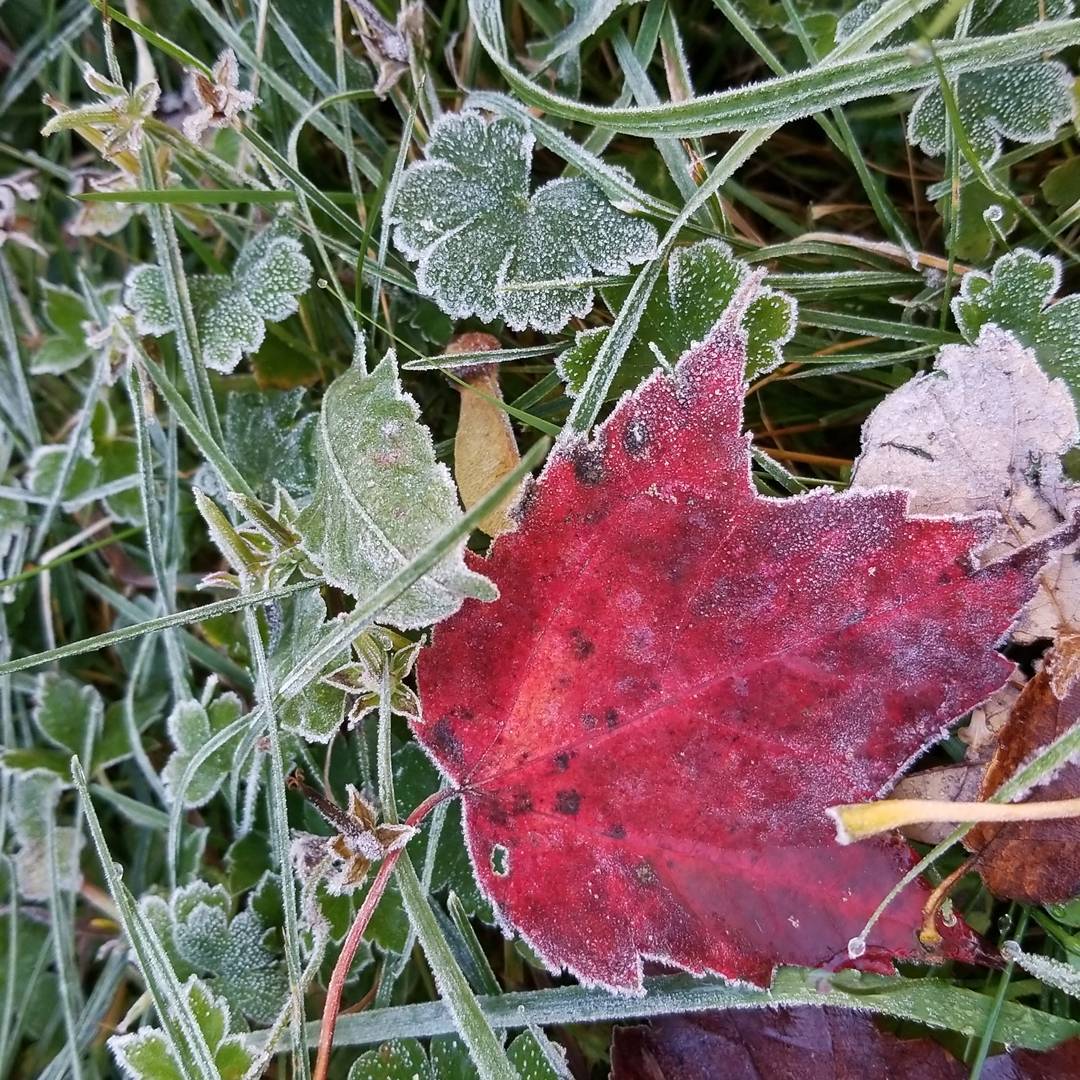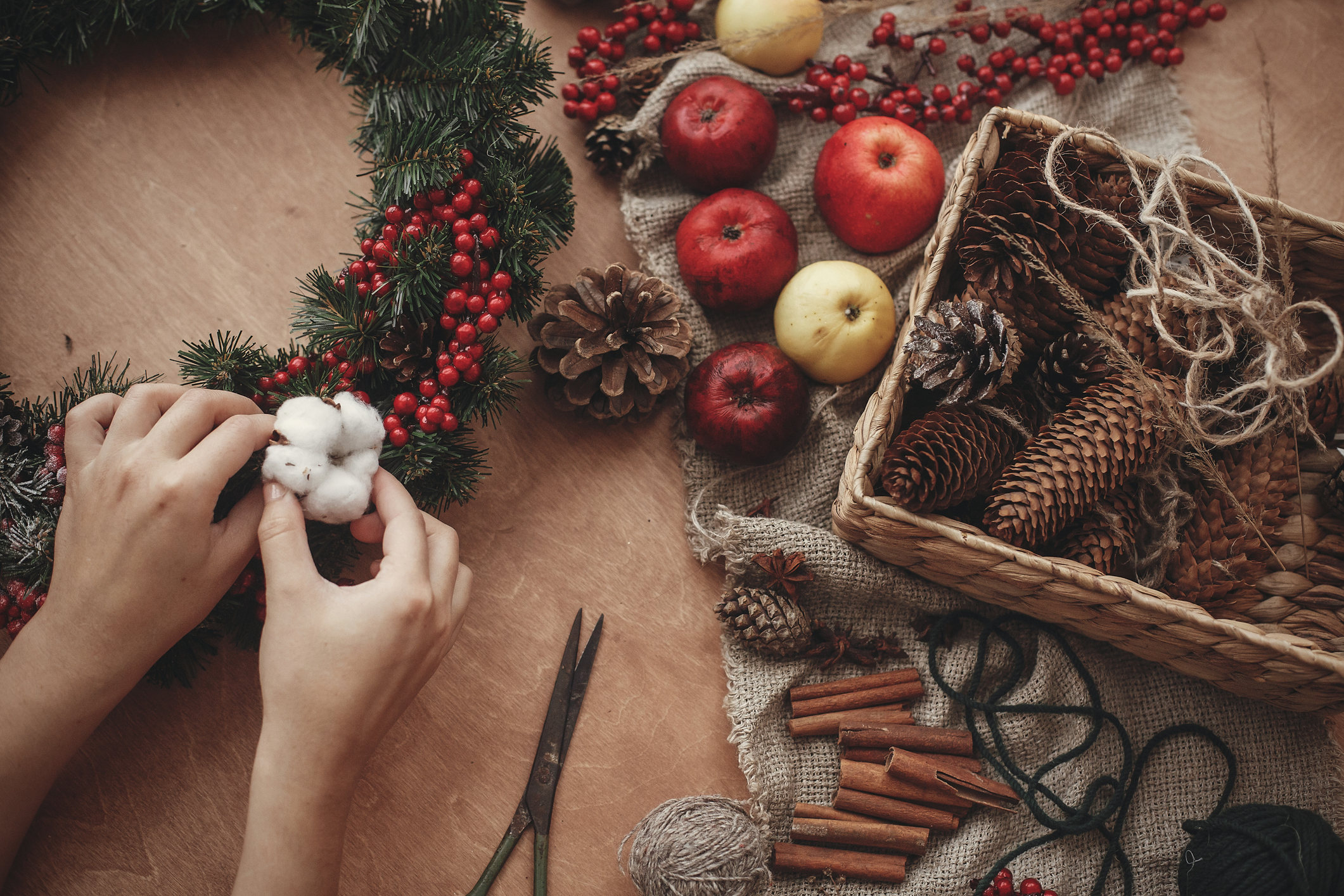March is a great time for pruning of small trees and shrubs in Bedford. Pruning is important for keeping these plants healthy and attractive. The goal is to remove dead or diseased branches, to shape the shrub or tree, and to promote good, bushy growth. Just avoid pruning any of your spring-flowering shrubs, like lilac and forsythia, until after they have bloomed.
What to Prune Now
Early spring is the right time to prune summer-flowering shrubs and fruit trees. They will blooms on this year’s new growth, so trim back the old wood now. This is also the time to prune other deciduous shrubs with insignificant flowers, no matter when they bloom, and your evergreen shrubs. Most deciduous trees can be pruned now too, before they start leafing out. The exception to this is an oak, which should only be trimmed in late fall or winter.
Pruning Roses
Early spring is the right time to prune all varieties of roses. This is an essential chore for roses, as it is the key to increasing longevity. The timing should be just as the bushes come out of dormancy. You’ll see new growth of about a half-inch long.
For the colder climate of the Midwest, rose pruning should focus on cutting back dead and damaged wood from the winter. Trim back branches all the way to green wood and remove any suckers sprouting below bud unions. You can add a little bit of white glue to the cuts to protect against disease.
Managing Overgrown Shrubs
March is also the perfect time here in Bedford to tame those shrubs you have ignored for years. Even those that flower in spring, like lilac, will ultimately benefit from a big overhaul now if they have been neglected. They may flower less for the next couple of seasons, but the major trim will help them recover and become healthier and more productive in the long run. Prune these shrubs heavily now, and get results later.
Pruning Tips
Pruning is a little bit of an art, and with practice you’ll develop a good strategy. But here are some tips from pros to get you started:
- First remove any obviously dead, diseased, or damaged branches and twigs.
- Remove water sprouts and suckers. These are the small shoots that come up from the ground at the base of a shrub or tree and that sprout upright on branches.
- Now you can start to prune to shape and thin out your shrub or tree. Remove branches that cross each other, for instance.
- Remove some of the branches from the interior. This allows light in so that inner branches remaining can develop more leaves.
- To promote branching, trim a branch just over a healthy bud. Make the cut at 45 degrees, facing in the opposite direction of the bud.
March is the time of year when you’re just about ready to see green in the garden. Before all that lush new growth comes in, take the time to carefully and thoughtfully prune. You’ll be rewarded with healthier shrubs and trees, more flowers, and better growth overall.






